The Nordic countries never cease to impress me with their simple way of doing things, with their inclination towards the natural. This time they surprised me with a traditional way of varnishing wood. It's called soap varnishing. Although it may seem hard to believe that such a way of protecting wood exists, it's quite common in Denmark, where in the 1970s you often saw pieces of furniture and even wooden floors varnished in this way. It seems so unlikely that you wonder if it's a joke. You look at the soap that you wash your hands with every day and you think there's no way it can protect your furniture. What do you mean, it doesn't wash off at the first touch, the first wipe with the dust rag? Apparently not and I'm trying to convince you of that below.
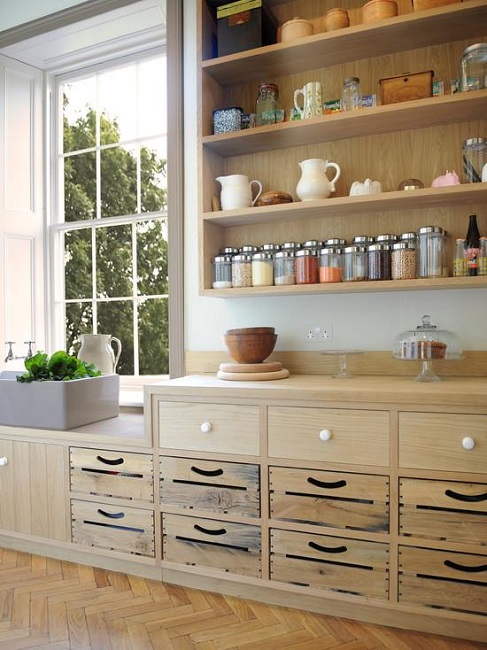
As I said, finishing with soap solutions is common in northern European countries. It gives a low gloss or no gloss finish which is perfect for that part of the world. It is used for coating light colored wood - maple, frasin, oak white - because it does not change the color of wood and does not yellow over time. The resulting finish has a soft, pleasant, soft texture. It is similar in strength wax finish, requiring periodic refreshing. It is recommended to apply directly on wood or over the same type of finish (recoating after some time).
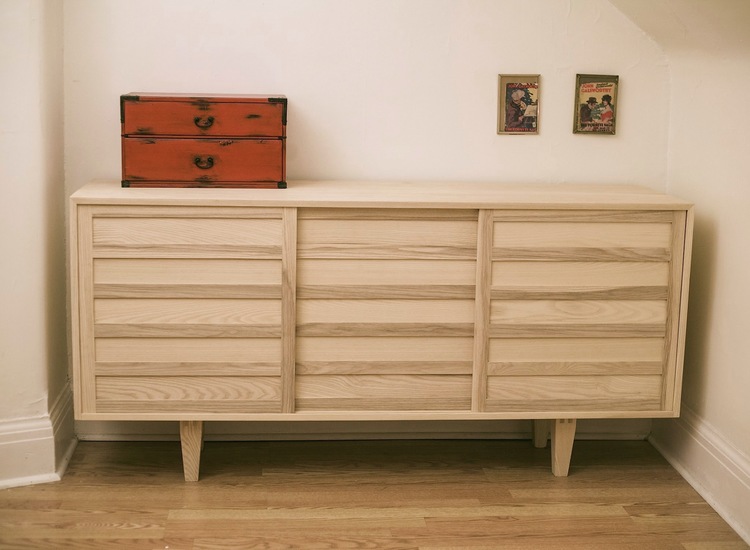
Now don't think about going into the bathroom, grabbing the soap and starting scrubbing the wooden furniture, it's not that simple. The soap you use should be natural, with no added odorants, detergents or other chemicals. Basically, it's the kind of soap you can find in health food or organic shops, which is obtained by a simple saponification reaction. I don't know how many people remember, but there was a time when many people made soap at home. My grandmother would collect all the fat left over from the pig, lard that was not being used and with the coming of summer started to spoil, the oil or lard left over from frying, add caustic soda solution and make soap. I can just see her stirring it in a pot set on a pyre in the backyard by a wood fire. She would check by methods she knew not to make it too "soda" or too greasy, because it was no good either way. Too greasy meant too aggressive, too greasy didn't wash well. But it always came out perfect, and her laundry shone clean.
But back to lacquering. So we're talking about natural soap, made from vegetable oils (that's how these soaps are made now) and an alkaline solution. The soap must be white, clean and in flakes. Soaps can also be used in the classic, calup form, but only after they have been grated, just like a piece of cheese. These flakes are dissolved in hot water to make something between a thick cream and a soft wax. It's basically the varnish that finishes the wood.
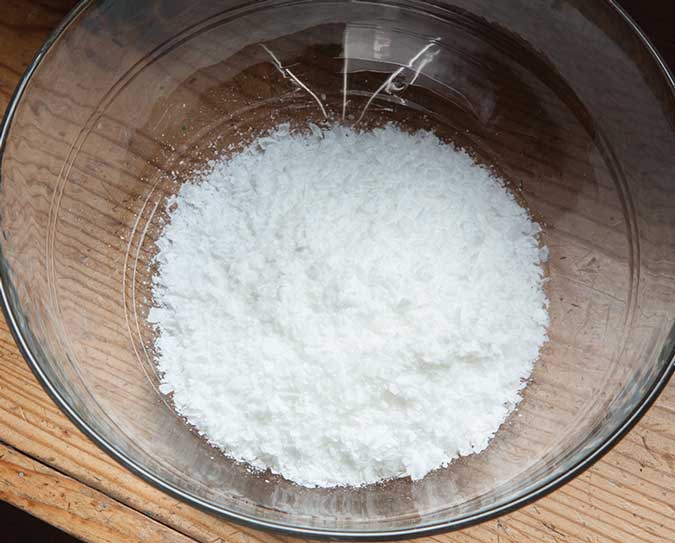
Mixing water and soap flakes can result in 2 types of solutions. Mixing a larger amount of water with 2-3 tablespoons of soap flakes will produce a solution that, when applied to wood, gives a dull appearance. For example, boil 4 parts (by volume) of water and mix with 1 part of soap flakes. Shake the mixture vigorously until the flakes are completely dissolved, then allow to settle. In the meantime the soap gathers at the top, hardening like wax.
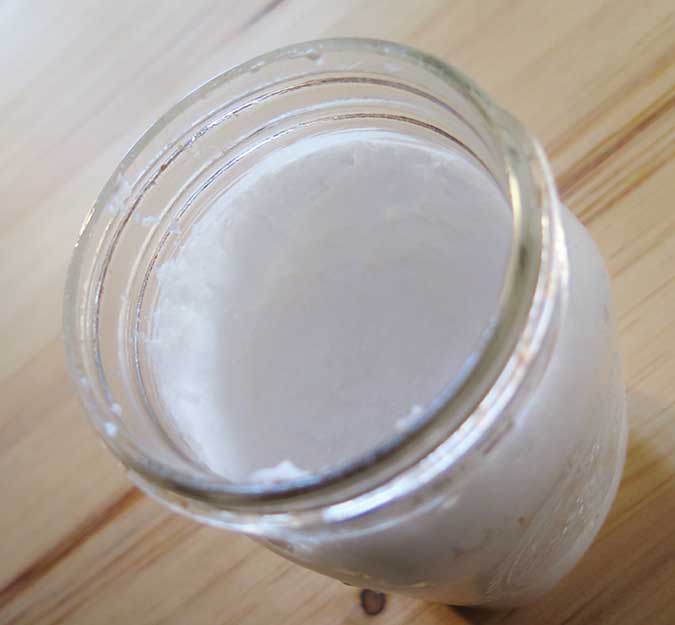
Use after 24 hours. Apply with a cloth and wipe off excess with a clean rag. Allow to cure for one hour then sand with 320 abrasive and apply another coat. As many coats as desired. For protection, with no visible coating, 2 coats are sufficient. After the 4th coat the "lake" starts to be visible.
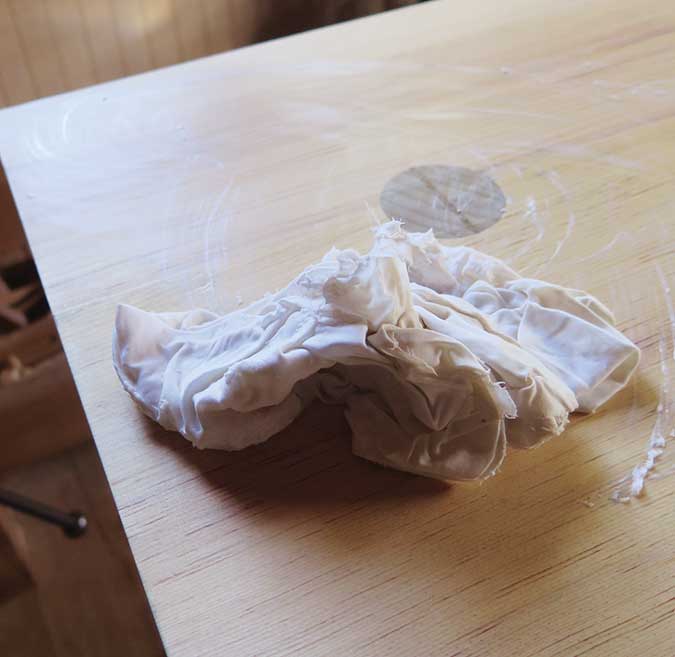
Another method of making the varnish is to mix equal amounts of soap flakes and boiling water (also volumetrically). Add the soap, initially to half the amount of water and stir vigorously. Gradually add, as with mayonnaise, the remaining water. You will obtain a creamy solution which will look like white mayonnaise in a few hours.
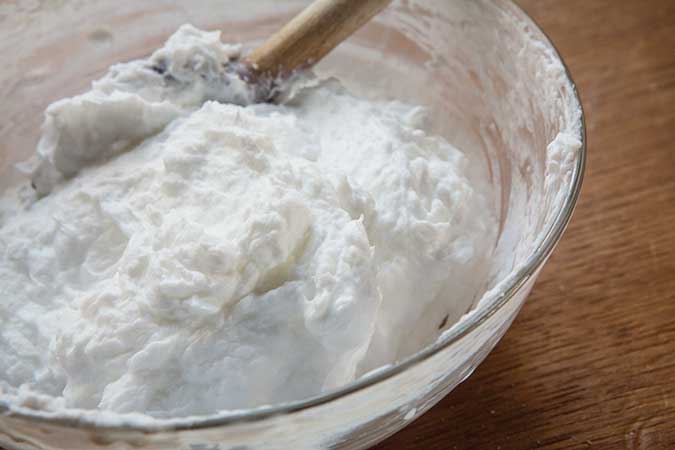
Leave in a jar until the next day to settle. The application in this case is similar applying shellac. Take a tablespoon of "mayonnaise" and put it in a cloth that is squeezed with the mayonnaise inside.
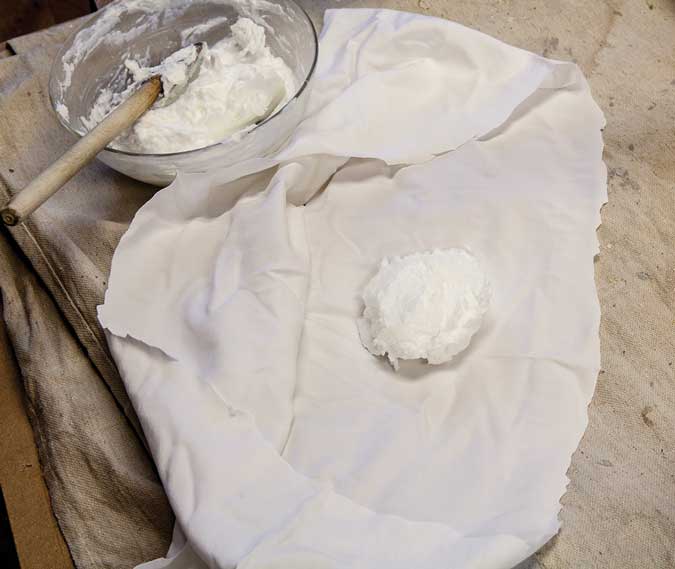
Rub the wood with this pad to deposit a small amount of varnish on the wood. Each coat is left to dry for an hour and then sanded. As the number of coats increases, the varnish begins to show through.
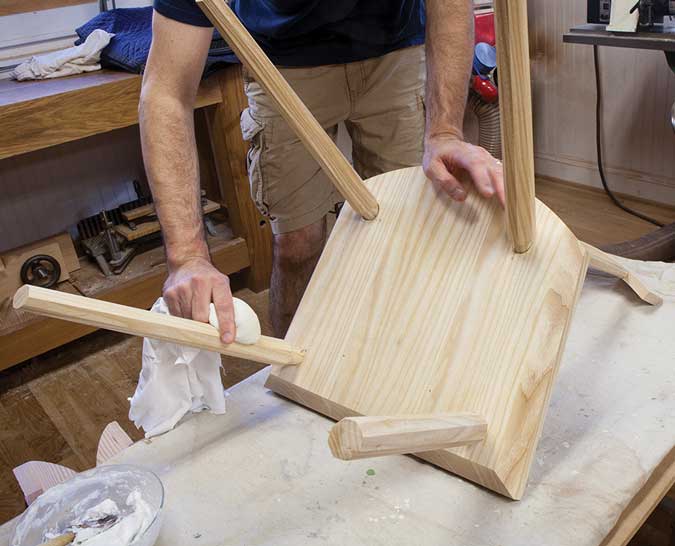
Like I said, it's a method that requires refreshing at intervals just like wax finishing. And like wax, it's not resistant to hot liquids, abrasives, solvents. But it's a varnish that protects, doesn't change the color of the wood, and most importantly, is safe and harmless. What's more, once you've done the job, you won't have any problems cleaning your hands or other objects and materials. In fact, they might be cleaner than when you started. 🙂
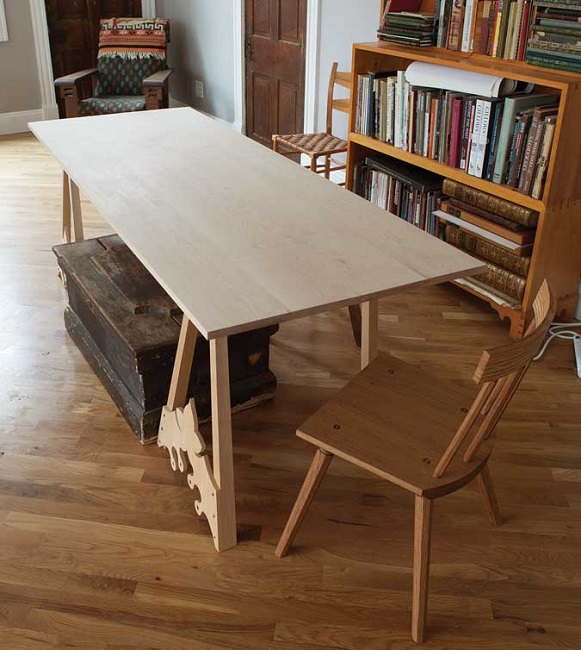


























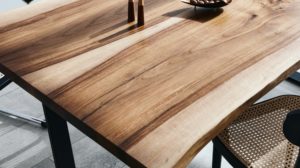






I can even imagine the dialogue with a customer: do you want the finish with oil, varnish, paint or soap?
So that's the story of the kitchen furniture body in the article. The client wanted the wood to look as natural as possible and to keep the colour. Initially they wanted to choose between wax and oil, but both changed the colour of the wood. Varnish was out of the question because the customer wanted a natural finish. So they suggested the soap option and he accepted. The furniture in the photo came out and the customer was satisfied. It happened in England. So, you never know. 🙂
The healthiest for the psyche is to sell ready-made products 🙂
and you don't have any cheek when you plagiarize tit-for-tat articles with pictures from people's blogs who have actually tried what you say here in your little blog?
Nice and enjoyable article to read , whether it is translated from somewhere or not ! Thanks also for the many other useful and well explained articles on the subject ! Congratulations ! Soap finishing is something I never heard before , I learned something new and interesting today 🙂 ! Thank you Mrs Mihaela Radu !
I thank you for following us. 🙂
Hello, please help me with an advice .... I want to clean a wooden chest (grandmother's), can you guide me how and with what?? Thank you!
Hello.
If you only want to clean the crate, without stripping it (to remove the layers of varnish), here are some tips here.
If you want to get to the wood you need to remove the varnish/wax/oil/paint layers. You can use thinner, but it takes more work, or stripper. There are stripping solutions in DIY stores. Apply with a brush, leave it on for a while (as long as it says on the instructions) and remove the soaked layer with a squeegee (a notch). After that surface is wiped with thinner and sanded with an abrasive sponge.
The removal of old lacquer starters can also be done by sandblastbut you need to find a company that does this because it is a process for which you need special installations.
Good luck!
I was thinking about household soap - they used to make a batch or two at my house every winter's end, and as a result I had enough soap to supply the whole street in a fortnight. Except that if you use absolutely any grease left in the house, you run the risk of the soap turning a colour (yellowish, brownish, that sort of thing, depending on the colour of the grease used), and I'm thinking that a soap like that would also colour the wood. Which probably wouldn't be a problem on a beech, that being a light coloured wood of its kind.
The method is not only from Scandinavian countries, but was also used in Ardeal and Banat.
I've caught something like this before. My grandfather used to periodically soap old pieces of furniture made of light-coloured hardwood and especially wooden carpentry tools in his workshop.
There is also the soap scrub option and it is an alternative.